Renault Megane e-Tech EV Spied Testing in India for the First Time, Reveals Design Details
On the design front, the Renault Megane e-Tech features retractable door handles, aero-optimised wheels, a pair of slim LED taillights joined by a light bar, and swept-back LED headlights with LED DRLs.

The first-ever sighting of the Renault Megane e-Tech in India has sparked anticipation among auto enthusiasts. Sold in numerous European markets, the Megane e-Tech rivals vehicles such as the Hyundai Kona Electric. According to several industry reports, the manufacturer imported this particular model for internal testing and use. Even while early rumours suggested an India debut, things are still unclear as of right now. The sophisticated futuristic style of the Megane e-Tech is explained by its inspiration, the concept Megane eVision 2020. Notable elements include bumper inserts that match the exterior paint job and cladding along the lower portions.
Renault Megane e-Tech Spotted: Key Details
On the design front, the Renault Megane e-Tech features retractable door handles, aero-optimised wheels, a pair of slim LED taillights joined by a light bar, and swept-back LED headlights with LED DRLs. The carmaker's OpenR display, an L-shaped screen with a 12.3-inch instrument display and a 12-inch portrait touchscreen infotainment unit, welcomes you as soon as you step inside the car.
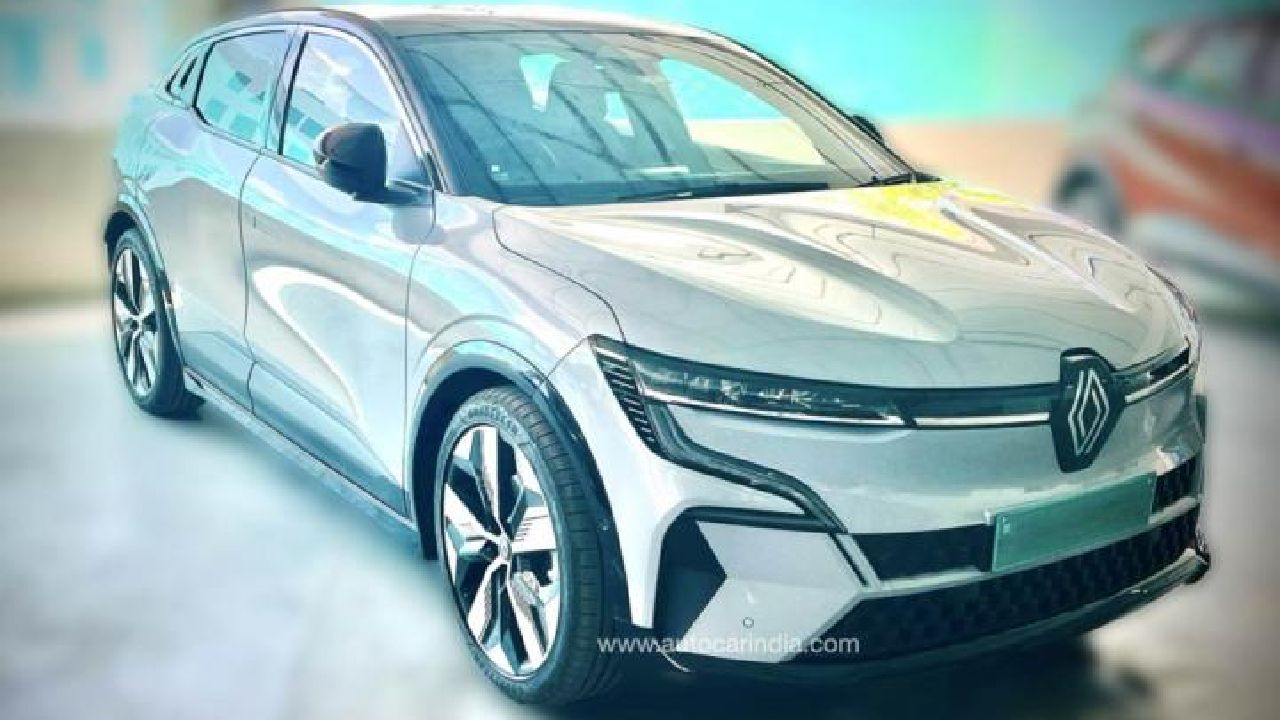
With two different 40kWh and 60kWh battery pack configurations, the Megane e-Tech offers adaptability in terms of powertrain options. Depending on the battery type, the Megane e-Tech can have a range of up to 470-kilometre. Both units put out 130bhp of maximum power and 250Nm of peak torque and 216bhp of peak power and 300Nm of torque, respectively.
The maker is currently developing an entry-level EV based on the CMF-A EV platform. Besides, Renault is preparing for the highly-anticipated 2025 Duster's release. The Megane E-Tech, which is primarily aimed at the European market, goes up against the likes of the Hyundai Kona Electric, the Mini Cooper SE, and the Kia Niro EV.
2024 Dacia Spring EV Marks Global Debut
In other news, Dacia, the global brand of Renault that focuses on affordability, has unveiled the new generation Spring EV. Because the Dacia Spring is an electric Kwid with minor exterior and interior styling changes, the latest model also serves as a sneak peek into the upcoming entry-level hatchback that will be available in India. The French automaker is anticipated to introduce the new-generation Kwid, also known as the 2024 Spring, to India in 2025.
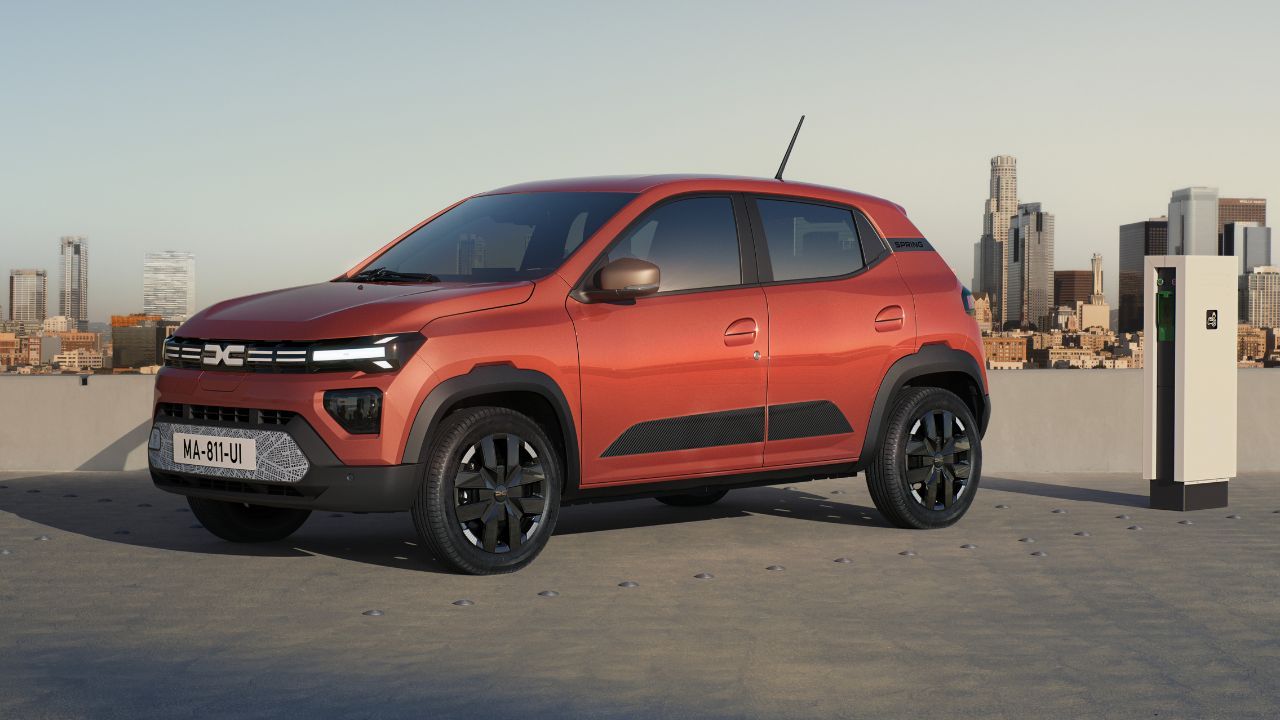
The EV has two options for electric motors: the entry-level and mid-spec models have a 44bhp setup, while the higher-spec models feature a 64bhp one. With these two components paired with a 26.8kWh battery, the EV claims a range of up to 220-kilometre. In addition to the 7kW AC charger that is included with the car, Dacia claims that the hatchback can support up to 30 kW DC fast charging.
At first glance, the new Spring EV resembles a scaled-down version of the third-generation Duster SUV. It has the same more streamlined grille with two chrome strips that serve as a charging port flap, extending from the centre of the Dacia emblem to the Y-shaped LED DRLs. Its headlight clusters are now smaller and more angular, and the large bumper with the air intakes above and below it has been redesigned. The new generation hatchback appears taller than the preceding model, despite having a profile that is essentially identical to the latter. Furthermore noticeable are the more squared-off wheel arches that house the 15-inch wheels with black covers. The rear of the vehicle displays the largest cosmetic modifications. The EV's rugged appearance is enhanced with an updated bumper and LED taillights. A sizable plastic trim bearing the 'Dacia' moniker highlights it even more.
The car looks much like the Duster from the inside, too. The theme is black, while the plastic parts are contrasting white and grey. There are now new HVAC control rotary dials available. Additionally visible is a semi-leatherette upholstery option that might only be available on the highest-spec models. The Spring EV boasts a 10-inch touchscreen with wireless smartphone connectivity, a 7-inch digital driver's display, manual air conditioning, all four power windows, and connected car technology. The vehicle-to-load (V2L) capability of the EV enables it to be used as a source of energy for other electrical devices.
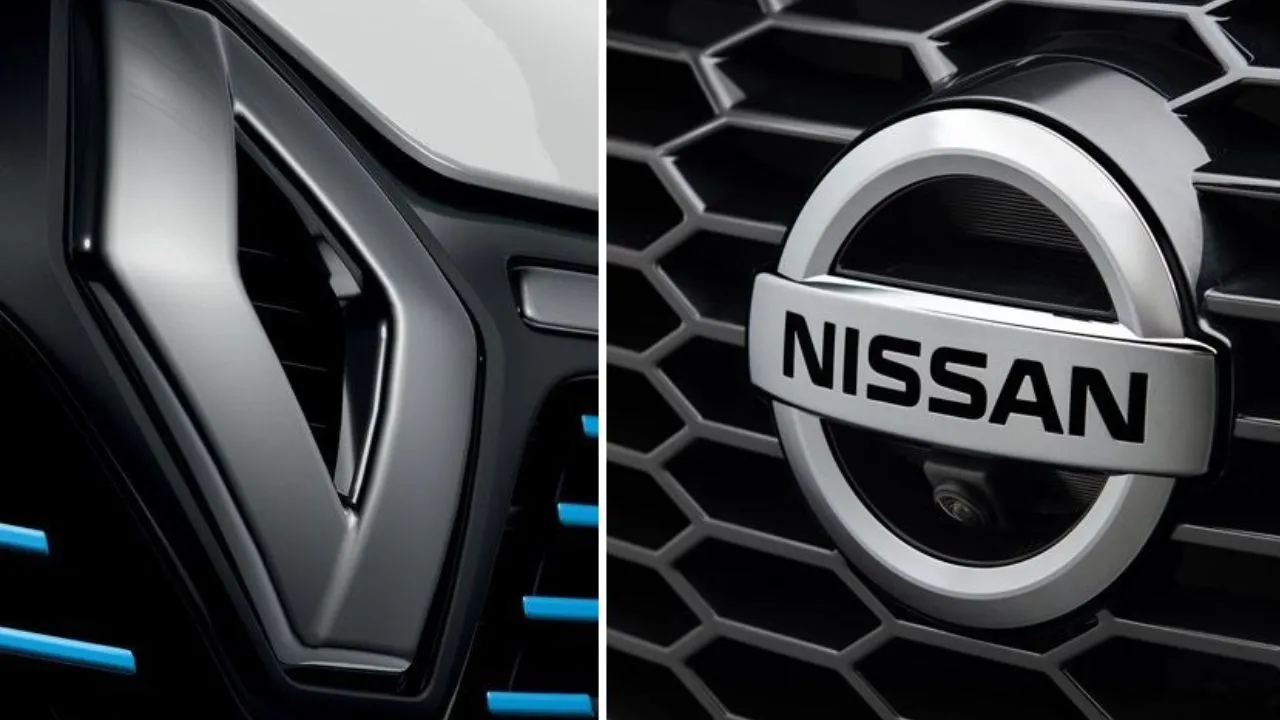

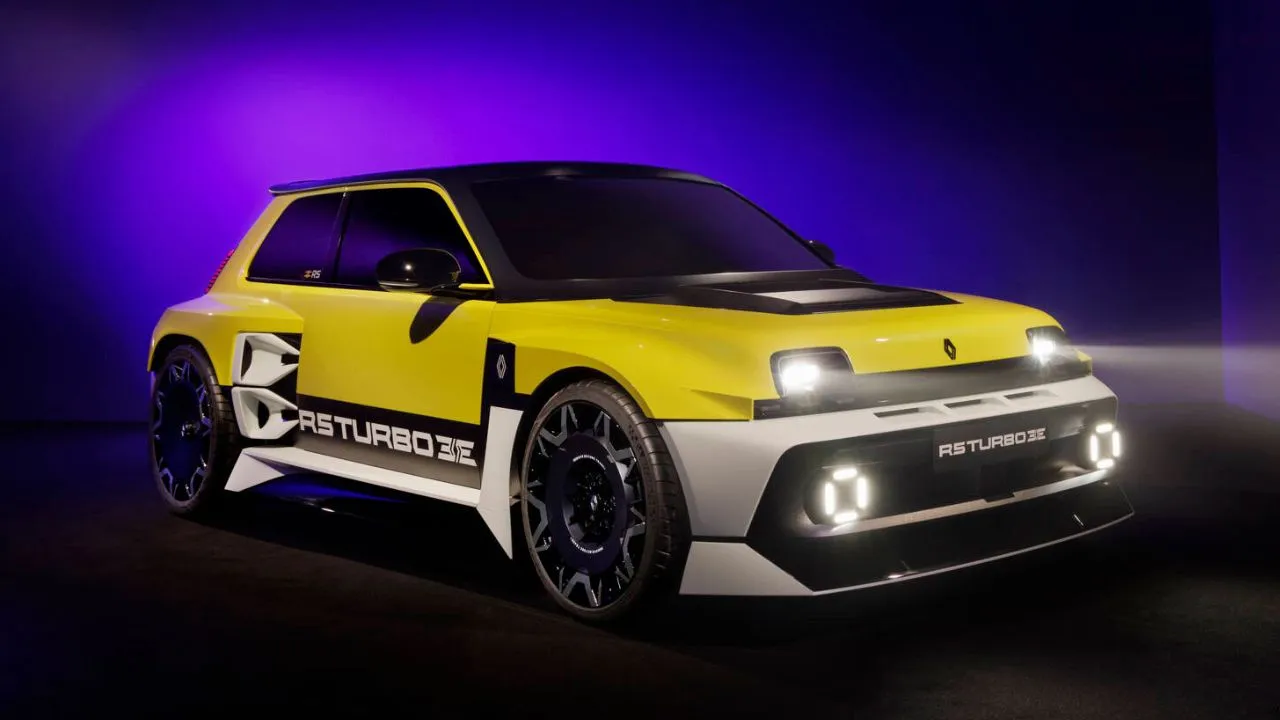

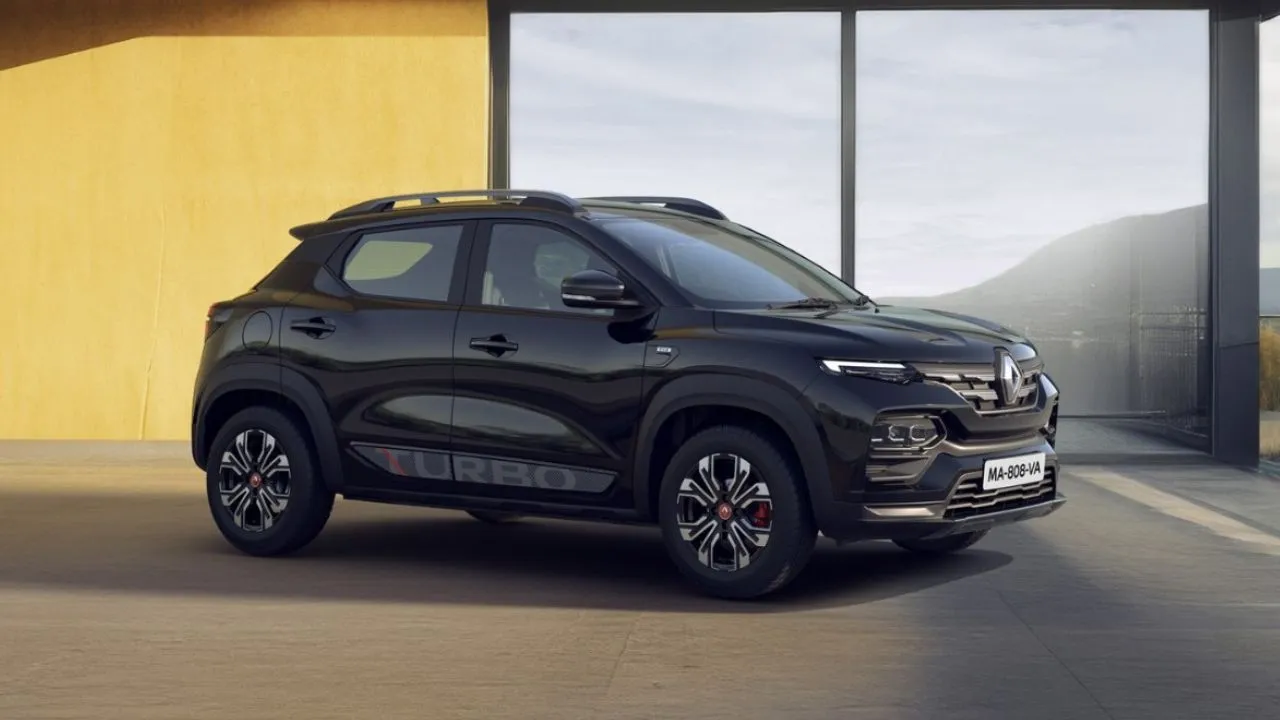
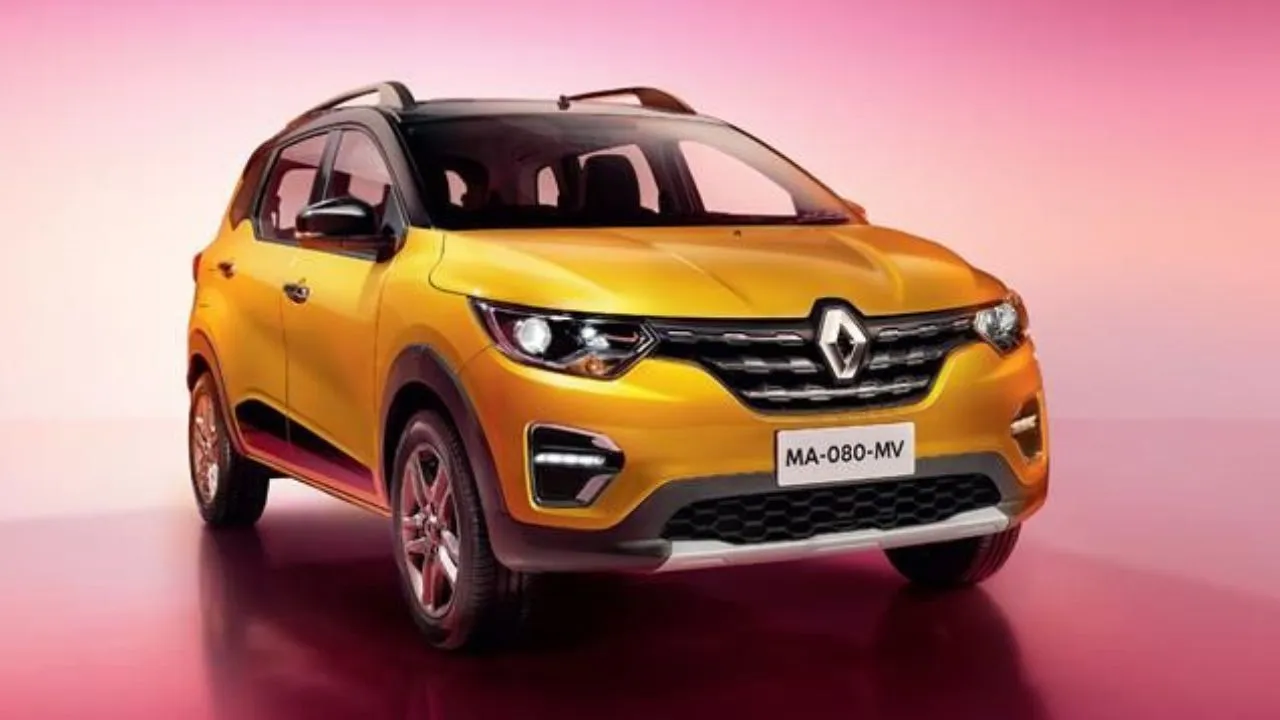
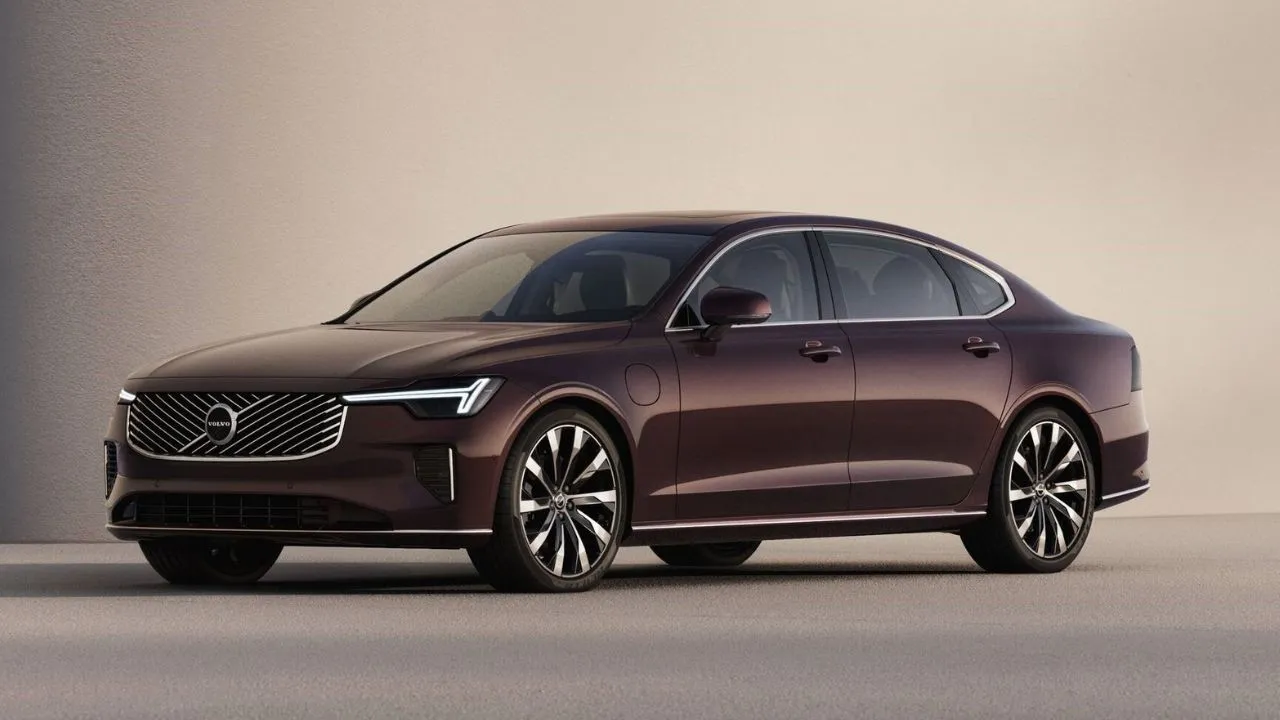


.webp)
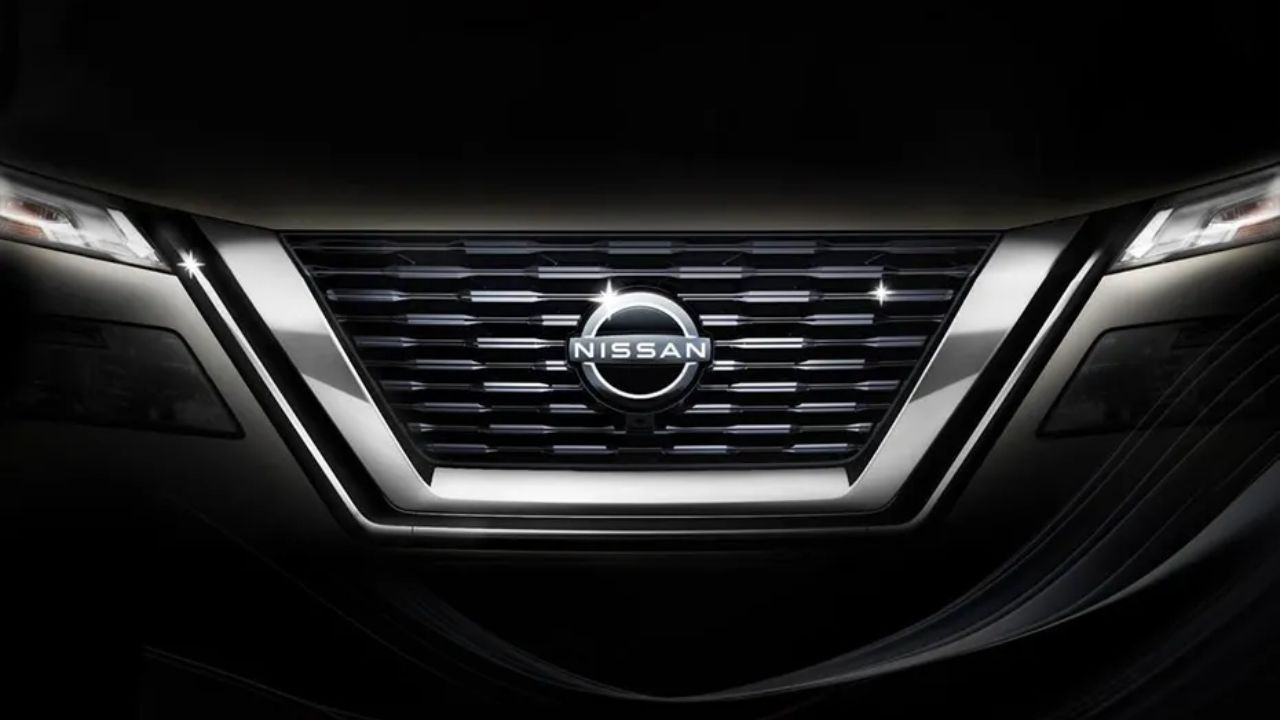



















Write your Comment on